Avoiding the backslide
Once things start going well it is easy to become lax and stop doing the things that brought success in the first place. If you are not active, or have stopped being active, it’s likely that you have at least one barrier or reason why. Perhaps you’ve never been very active. Maybe you’re afraid that your blood sugar will drop.
Think about what is keeping you from being active and then check out some of our solutions to the most common barriers to physical activity. Is there a solution for you?
I’ve never been active.
Don’t discount your everyday activities. You may be more active than you think. Housekeeping or mowing the lawn counts as activity. Being active is more than just planned exercise.
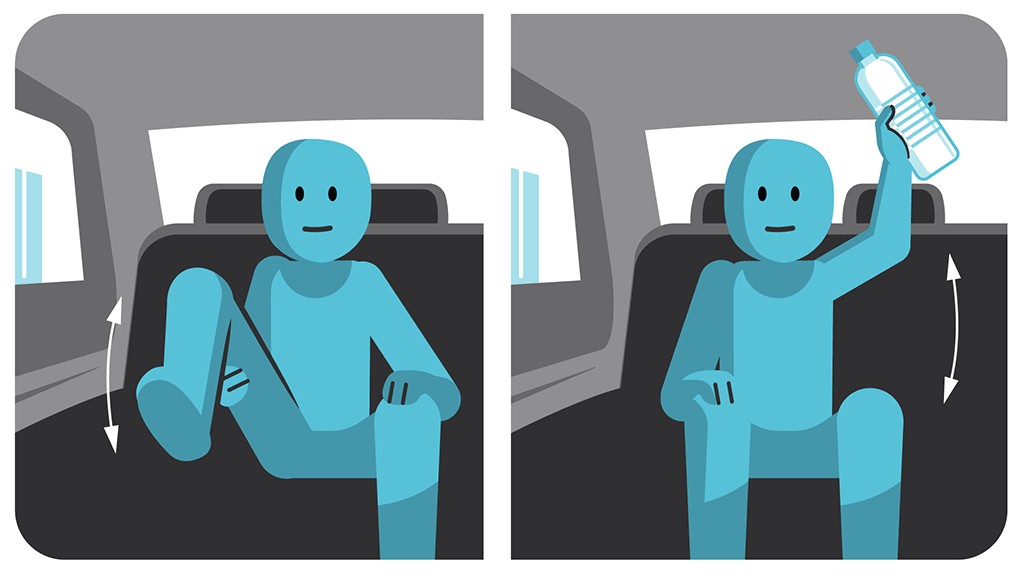
If you have never been active or have not been active for a while, it is important to start slowly. If you feel unsure about your health, check with your healthcare provider before making big changes in your exercise plan.

Starting slowly is important and so is choosing activities that you enjoy. Over time, the activities you do will get easier. You will even find that you can increase the duration and/or intensity.
I don’t have time to exercise for 30 minutes a day.
Think about your day – do you have available time slots? Take advantage of any extra time that you may have and get moving.
If you find yourself waiting for the kids to finish practice or watching their game from the sidelines, use that time to take a walk or pace while you watch.
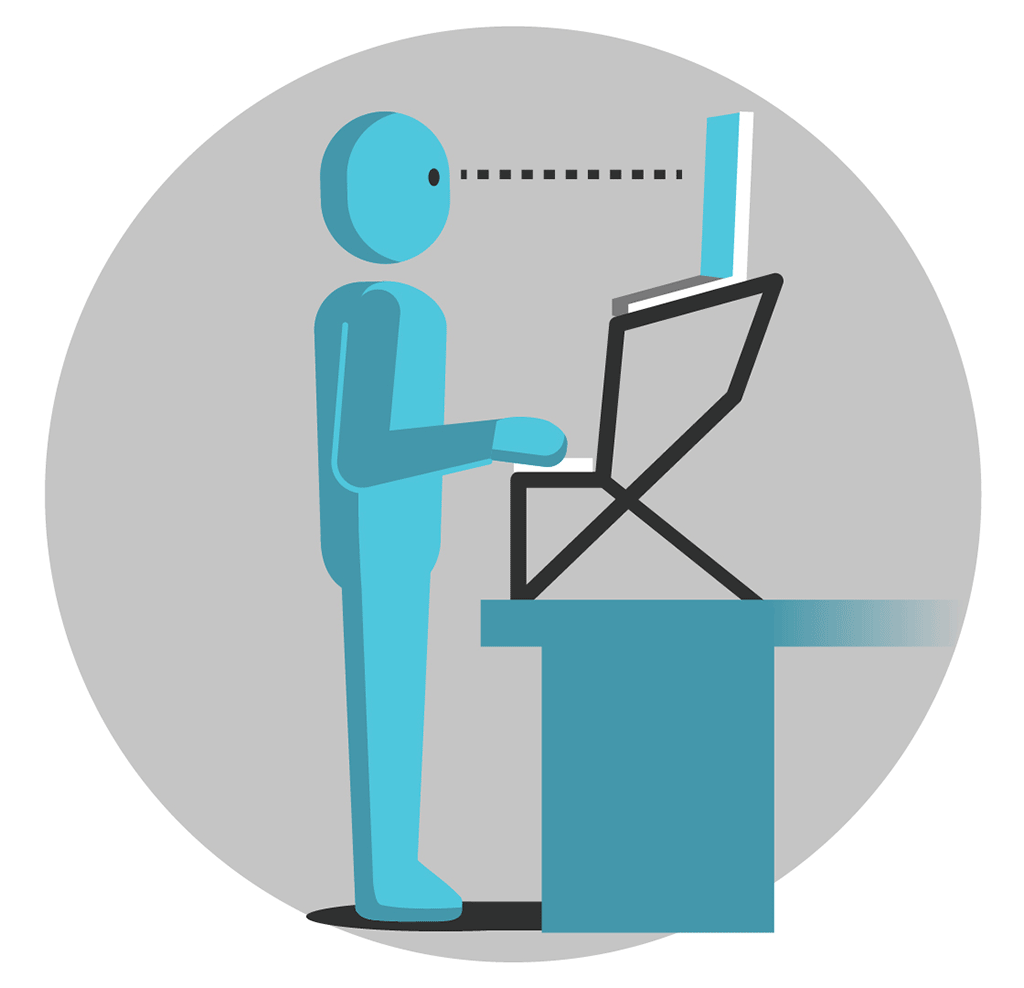
Do as much as you can. Every step counts. If you’re just starting out, start with 5-10 minutes a day and add more, little by little. Work up to three times a day. You can also try for 15-minute sessions twice a day.

Make physical activity part of your daily routine. For example, walk or bike to work or to the store, exercise while you watch TV, take the stairs instead of the elevator, or do something active with your family to spend time together.
I’m too shy to exercise in a group.
Choose an activity you can do on your own, such as following along with an exercise video or going for a walk.
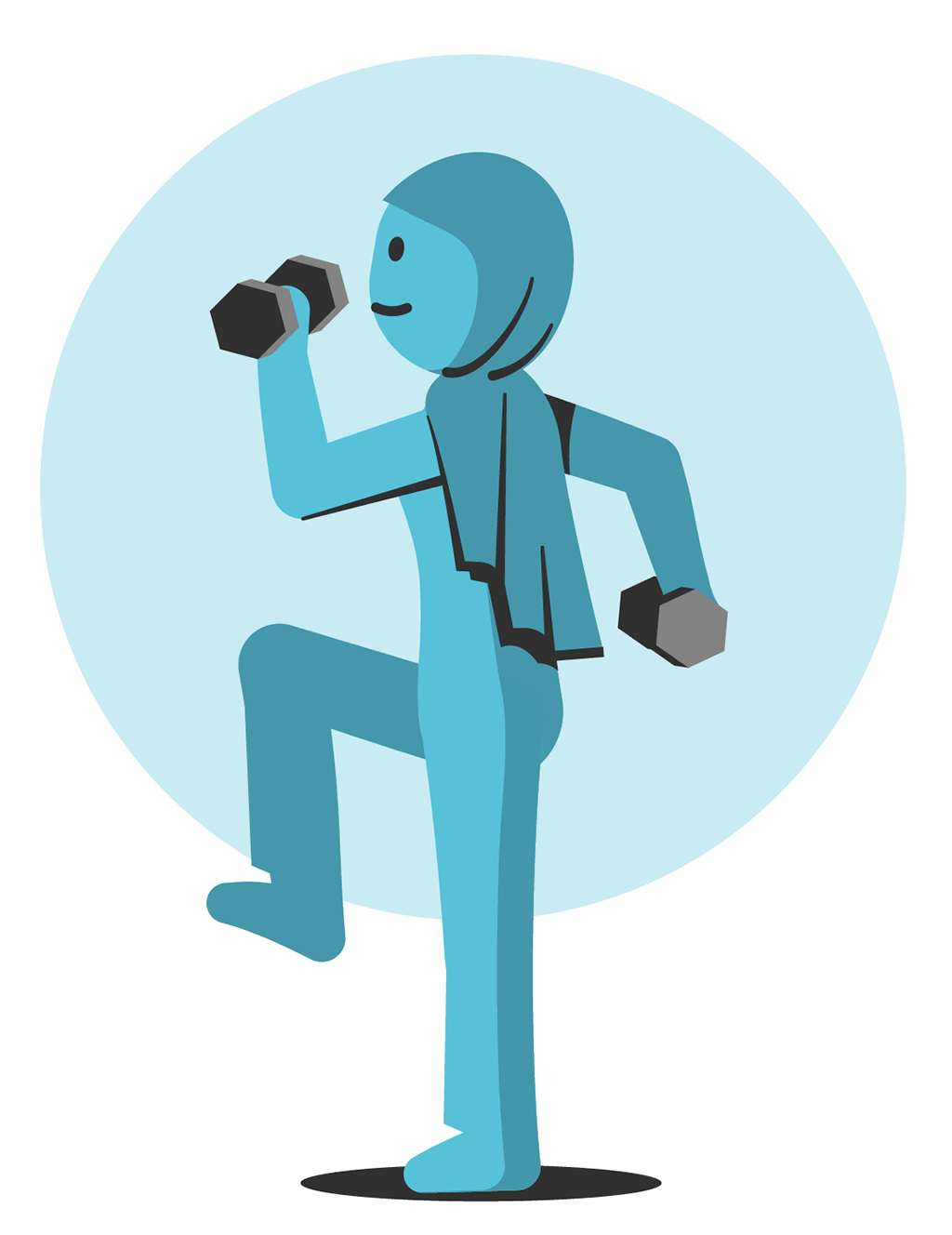
Remember that the everyday activities you do on your own like gardening and household chores get you moving and help burn calories.
I don’t want to have sore muscles.
Exercise shouldn’t hurt if you start slowly. Choose something you can do without getting sore. Make sure you warm up and cool down.
I’m afraid my blood sugar level will drop too low.
The people who need to be most careful about lows are people with Type 1 Diabetes and those who are on insulin or pills that can cause low blood sugar (insulin secretagogues). If you’re taking a medication that could cause low blood sugar, talk to your healthcare provider about ways to exercise safely.
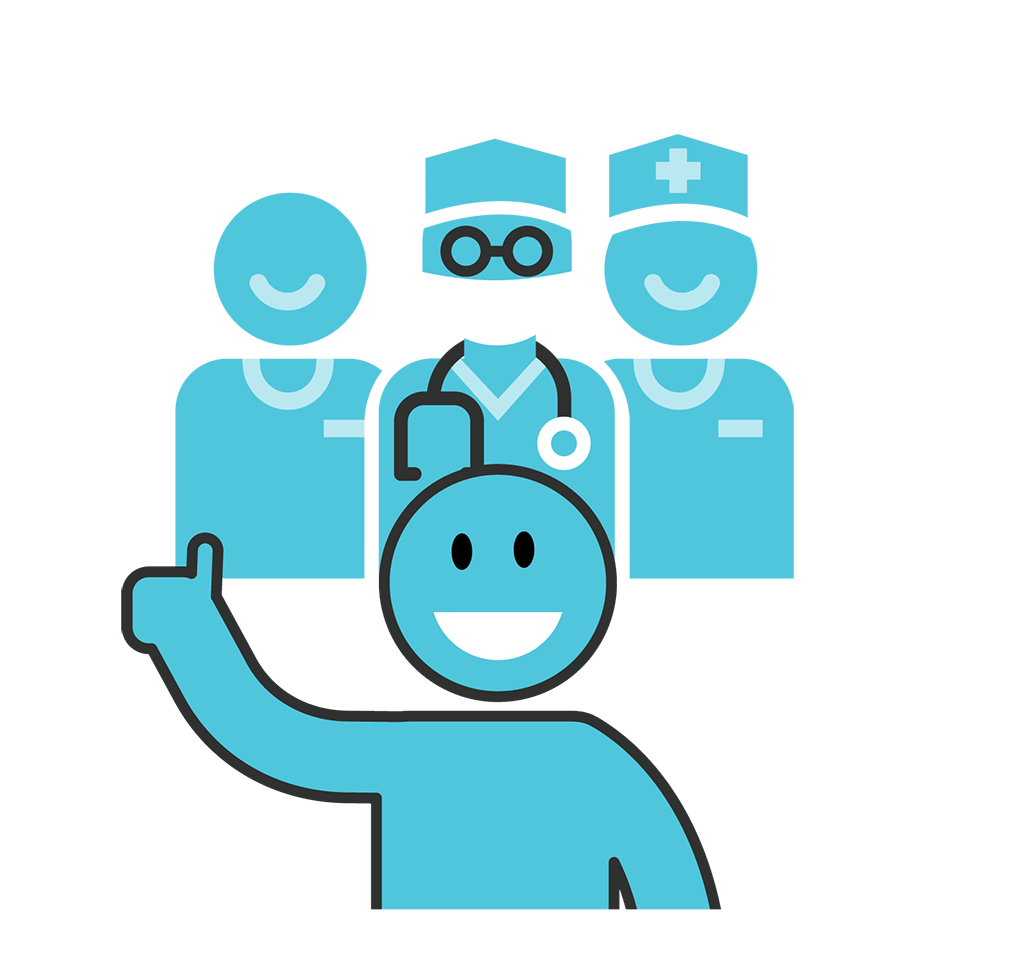
Always be prepared. Make sure you’ve got some regular sports drink, glucose tabs, or another fast-acting carbohydrate to treat a low if one should occur. Wearing a diabetes ID is another important safety precaution.
I’m afraid I’ll make my condition worse.
Remember that getting enough physical activity is important for everyone’s general health – whether you have diabetes or not.
Remember that exercise helps lower A1C and has many other health benefits.
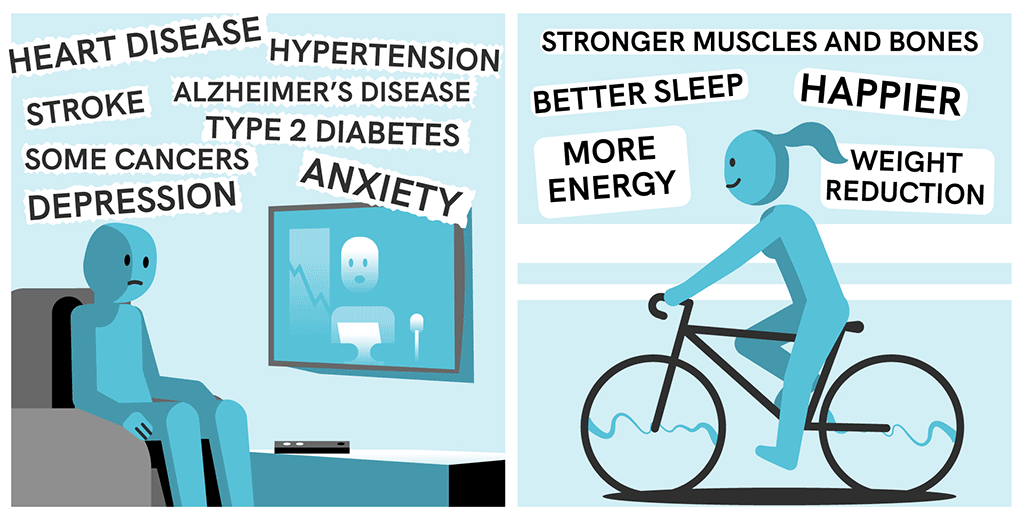
If you have certain complications from diabetes and are unsure about your health, talk to your doctor before making any big changes to your fitness routine.
I can’t afford to join a fitness center or buy equipment.
Do something that doesn’t require fancy equipment, such as chair exercises, walking or using water bottles for weights. Jumping rope and resistance band exercises are activities that only require one piece of inexpensive equipment.
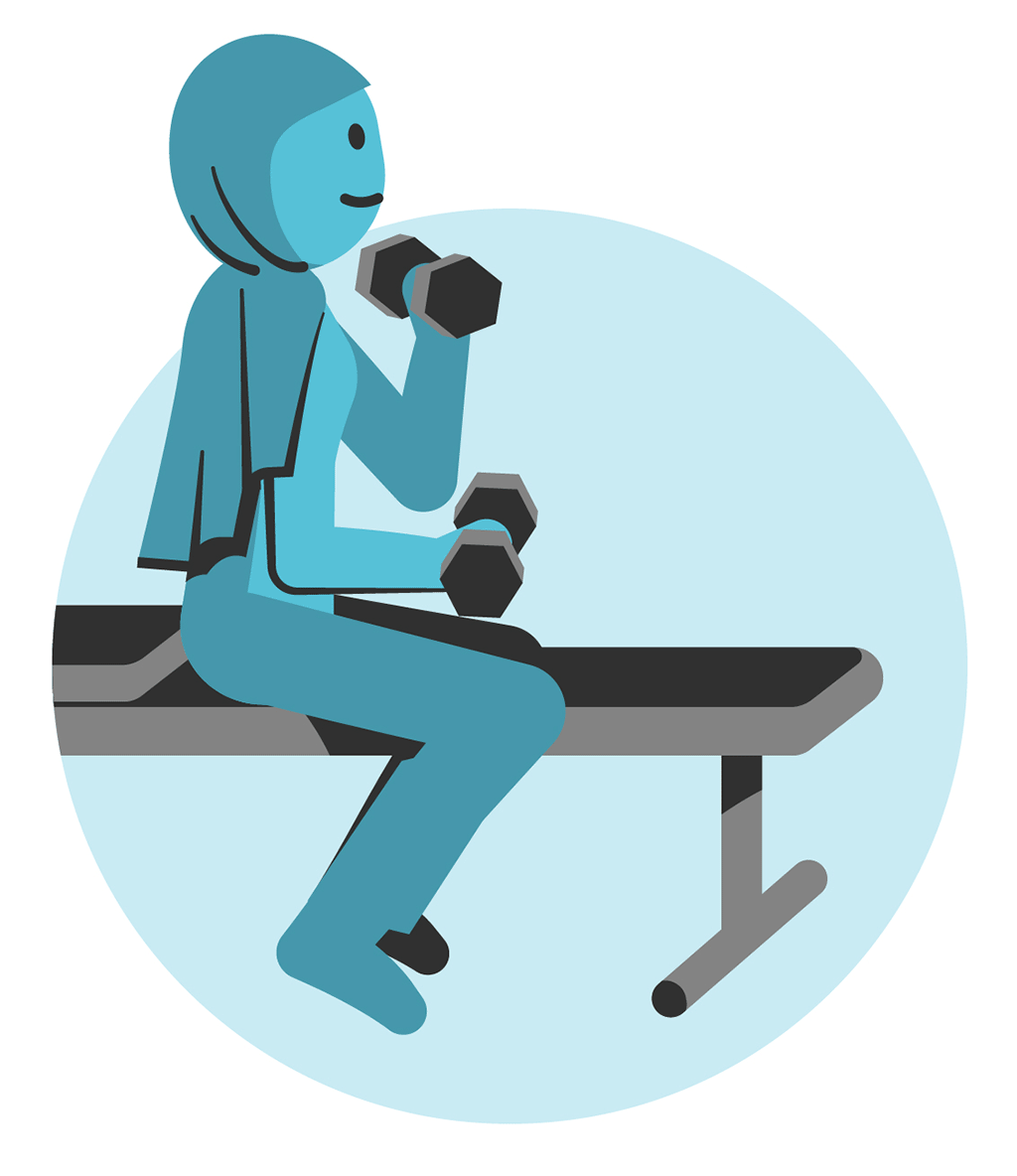
Look for inexpensive resources in your community like community education programs, park and recreation programs, walking trails, school running tracks, or worksite wellness programs. Your employer is another place to check for discounts on gym membership or reimbursement for fitness-related activities.
Exercise is boring.
Find something you enjoy doing.
Mix it up. Try different activities on different days, and make sure you pick an activity that you enjoy!
Exercise with someone else to keep you company. If you can, try exercising while listening to music or watching television.
I don’t really know how to exercise.
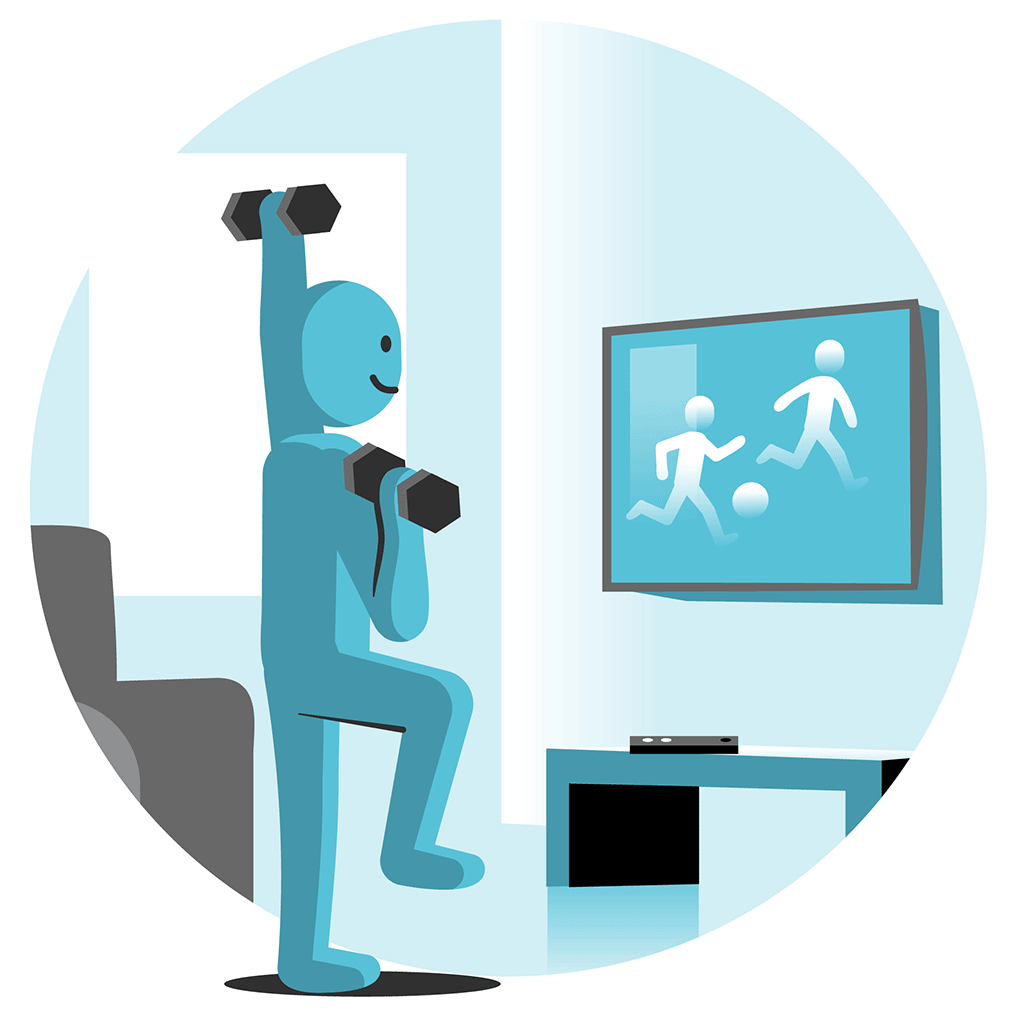
Find a personal trainer, exercise physiologist or physical therapist to help you get started.
Choose activities that require few skills, like climbing stairs, walking, or jogging.
Take a class and develop new skills.
Leave a Reply